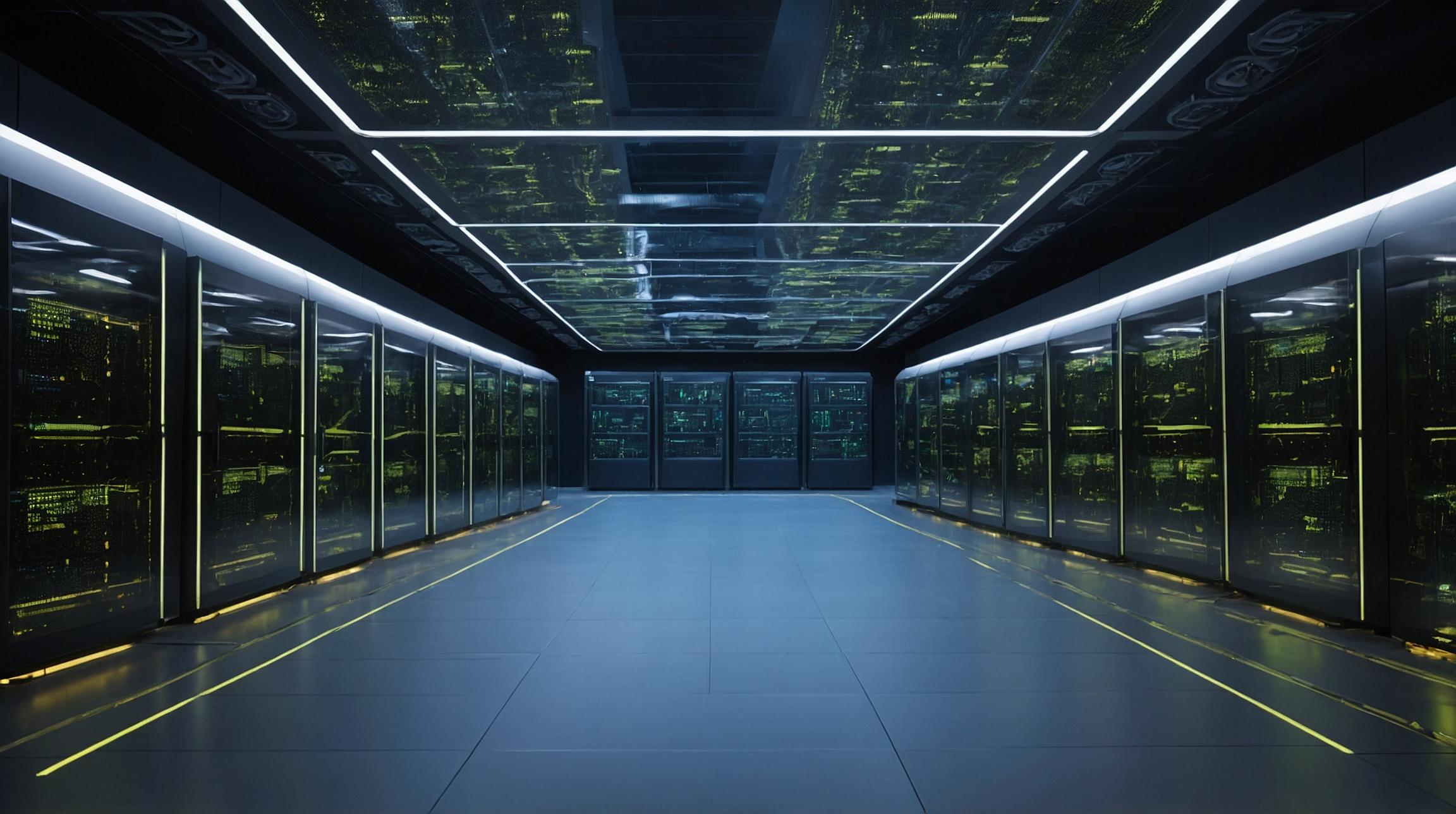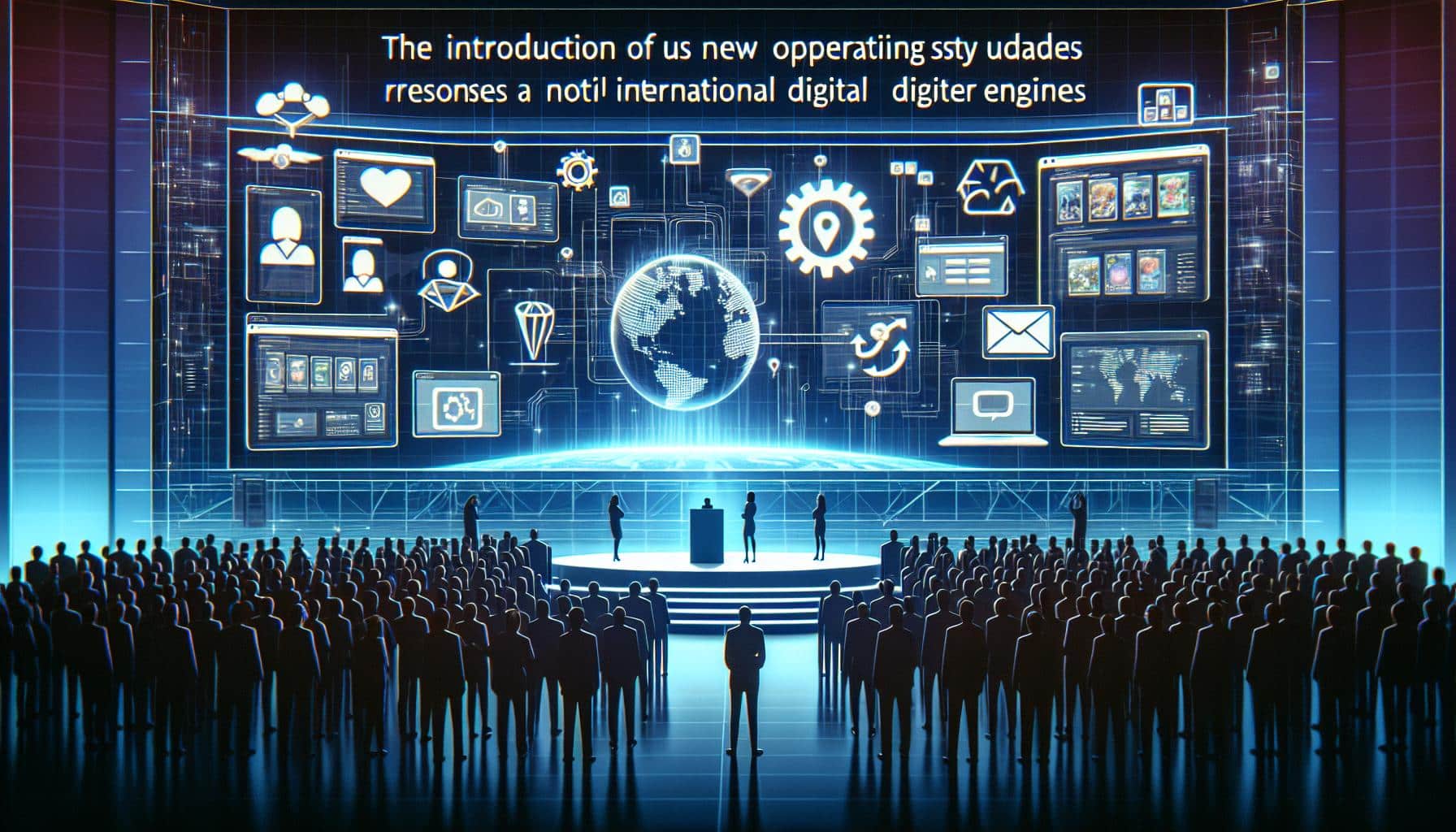Understanding Artificial General Intelligence (AGI)
While today’s AI technology excels in specific tasks, such as composing poetry with GPT-4 or predicting protein structures with DeepMind’s AlphaFold, it falls short of achieving genuine human-like intelligence. This form of intelligence, known as Artificial General Intelligence (AGI), refers to machines that can understand, learn, and apply knowledge in a way that mirrors human cognitive abilities.
SingularityNET's Vision for AGI
SingularityNET, led by CEO Ben Goertzel, is striving to bridge this gap through an ambitious initiative involving a network of supercomputers. According to Goertzel, while novel neural-symbolic AI approaches reduce the need for data, processing, and energy as compared to traditional deep neural networks, there remains a significant requirement for substantial supercomputing capabilities.
The Role of Supercomputers
The core of SingularityNET's plan is a multi-level cognitive computing network. This network is designed to host and train complex AI architectures essential for AGI. Imagine deep neural networks that simulate the human brain, large language models (LLMs) trained on extensive datasets, and systems that integrate human behaviors like speech and movement with multimedia outputs. The first of these supercomputers, equipped with cutting-edge hardware including Nvidia GPUs, AMD processors, and Tenstorrent server racks, is expected to be completed by early 2025.
Philosophical and Technological Shifts
Ben Goertzel emphasizes that this initiative represents more than just a technological advancement. It embodies a philosophical shift towards continuous learning, seamless generalization, and reflexive AI self-modification. These concepts refer to AI systems that can learn continuously from new data, apply knowledge across different contexts, and adapt themselves autonomously.
Managing the Network with OpenCog Hyperon
To manage the distributed network and its valuable data, SingularityNET has developed OpenCog Hyperon, an open-source software framework designed for AI systems. This framework can be likened to a conductor orchestrating a symphony played across multiple concert halls, ensuring harmony and coherence among the different components of the network.
AGIX Token and User Participation
SingularityNET extends the opportunity for others to engage with this technological marvel. Users can access the supercomputer network by purchasing AGIX tokens on blockchains like Ethereum and Cardano. In return, they contribute data to the collective pool, further fueling the progress of AGI development.
The Race to Human-Level AI
With experts such as DeepMind’s Shane Legg forecasting the emergence of human-level AI by 2028, the race is indeed on. SingularityNET's bold initiative could potentially mark a significant milestone in achieving the next great leap in artificial intelligence. Only time will tell if this global network of silicon brains will succeed in birthing this revolutionary transformation.













